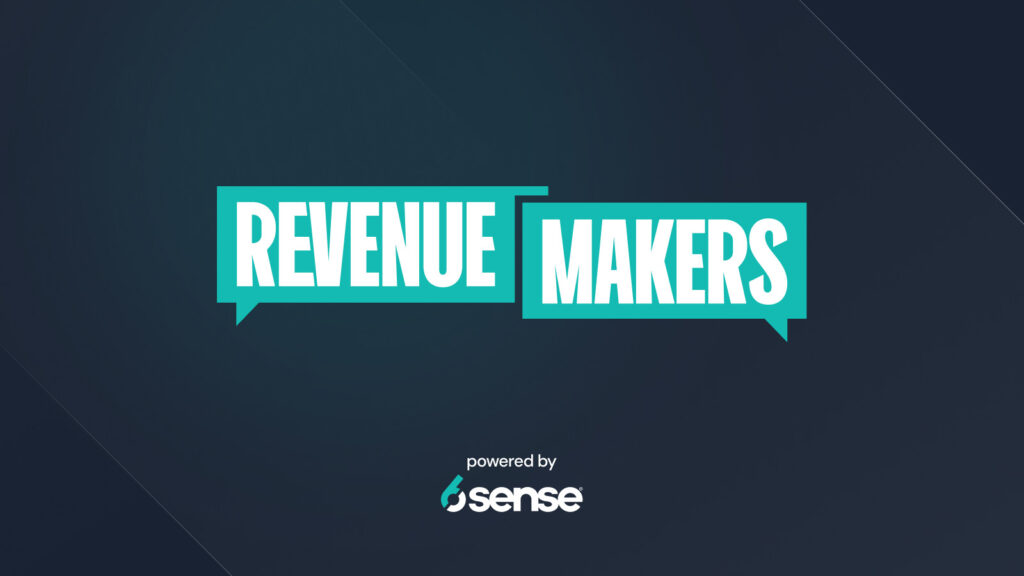Choosing and tracking the right revenue operations KPIs (Key Performance Indicators) is a crucial way to grow your business.
Revenue operations teams increase business revenue and growth by ensuring operational efficiency and driving high performance across sales, marketing, and customer success operations. The right revenue operations KPIs can help you quickly diagnose and correct any issues which could cost your business time and revenue.
What are Revenue Operations KPIs?
Revenue Operations KPIs are measurements for tracking how business revenue increases or decreases over time.
These KPIs measure revenues from different business activities within defined periods, showing you how much money you have earned from your business within a particular period. Revenue KPIs also measure your business’s performance in specific areas such as lead acquisition, sales velocity, and customer retention.
Most Important RevOps KPIs
Here are 10 popular revenue operations KPIs that you can use to measure how your business is performing so you can avoid getting stuck in vanity metrics that do little for your business growth.
1. Annual Recurring Revenue (ARR)
ARR measures how much of your revenue you will predictably continue to earn, and forms a baseline for overall growth. It refers to all ongoing revenue projected over one year, such as that from product subscriptions.
2. Customer Retention Rate (CRR)
CRR measures the percentage of customers who renew contracts. This metric can help you understand what makes your customers renew or abandon your company’s products or services. A low CRR can signal opportunities to improve customer service.
3. Adoption Rates (AR)
Your adoption rate looks at how actively customers use your products or services after they sign up for them. The KPI can also examine the features they use often. Product engagement is an indicator of how likely a customer is to renew a deal.
AR can also be described as the number of users who’ve adopted your product divided by the total number of users/customers. This highlights engaged customers at key points — for example, when you’ve launched a new feature. A higher product adoption rate equals more predictable revenue.
4. Net New Growth
Your net new growth shows how much revenue you’re adding to your baseline through new customer deals. It calculates the net percent balance of new and lost customers.
5. Pipeline
Pipeline is a KPI that tracks leads throughout the sales process. Pipeline KPIs include the percentage of leads that turn into meetings, opportunities, and deals.
This may be affected by customer movement through the Dark Funnel™.
The pipeline KPI also measures how long it takes for customers to progress from one stage to the next. Conversion rates and timing can help you determine if you have enough accounts at each stage to achieve revenue targets according to your pipeline forecast.
6. Win Rate
The win rate measures the number of sales opportunities that become deals. It is calculated by dividing the number of closed deals by the potential deals in the pipeline. Win rate can also indicate your sales team’s performance, helping you identify your sales team’s strengths and weaknesses.
7. Sales Velocity
Sales velocity refers to the time it takes for a customer to go from lead to close. Several metrics determine sales velocity, including the number of lead opportunities, average deal value, win rate, and length of sale processes. As a result, they affect how much revenue you can expect to make over a specific period.
8. Average Contract Value (ACV)
ACV is a measure of the annual average revenue per customer. It can provide insight into customer behaviors and help drive sales and account-based marketing decisions. ACV also enables you to identify how many leads or opportunities you need to achieve your revenue plan.
You can improve ACV by generating more qualified leads and upselling.
9. Customer Acquisition Cost (CAC)
CAC is the average cost you pay to close a deal. Cost factors include advertising, technology, travel, salary, and more. It helps you make better sales and marketing spending decisions and also gives you insight into:
- How much your company make from each new customer
- The time it takes to cover the customer acquisition costs and make a profit
- Return on marketing investment (Marketing ROI)
10. Customer Lifetime Value (CLV)
CLV is the average earnings you can expect from a signed contract over its lifetime. It is the total worth of a customer over the contract period.
Increasing the value of your existing customers is one of the best ways to drive growth; after all, retaining customers is less expensive than acquiring new ones.
Revenue Operations KPI Examples
Here are three examples of how to use revenue operations KPIs:
1. Annual Recurring Revenue + Net New Growth
ARR provides a benchmark for growth. By combining ARR and customer retention rate (CRR), you can then estimate how much revenue your company should make from existing customers. To hit revenue targets, you will need to generate new revenue growth on top of your ARR.
2. Customer Lifetime Value
Customer lifetime value allows you to maximize the value of every customer relationship instead of striving to get new customers, which is more difficult. Identifying the average value of a customer shows where there may be opportunities to generate revenue through upselling or encouraging a customer to upgrade or renew their subscription.
3. Sales Pipeline Velocity
Successful marketing efforts convert leads into sales within a short time. Some of the ways to increase conversion rate (and consequently sales pipeline velocity) are:
- Providing better customer service
- Improving website performance
- Doing A/B tests of marketing content to determine which method is more effective





